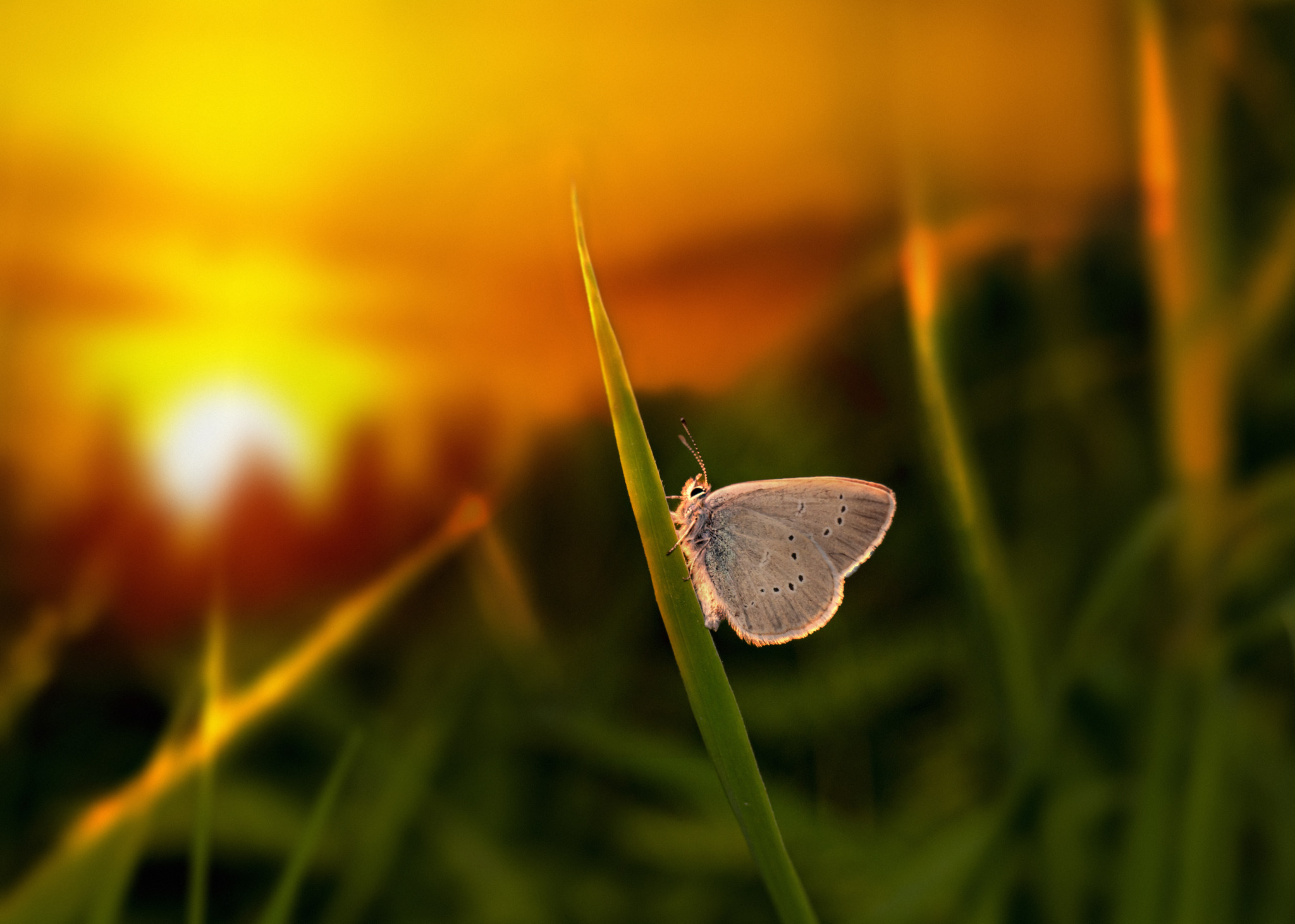The Mazarine Blue (Polyommatus semiargus) is a species of butterfly belonging to the family Lycaenidae, which is found across Europe and parts of Asia. Here are some key characteristics and information about this butterfly:
- Appearance: The Mazarine Blue is a small to medium-sized butterfly with a wingspan ranging from 22 to 28 millimeters. The upper side of the male’s wings is a vibrant blue color with black margins and white fringes, while the female’s wings are usually brown with blue hues near the base. Both genders have distinctive black spots on the forewings.
- Habitat: This butterfly species inhabits a variety of grassy habitats, including meadows, pastures, open woodland clearings, and grassy slopes. It prefers areas with abundant flowering plants, particularly those belonging to the pea family (Fabaceae), which serve as nectar sources for adults.
- Lifecycle: The lifecycle of the Mazarine Blue follows the typical pattern of butterflies, consisting of four stages: egg, larva (caterpillar), pupa (chrysalis), and adult butterfly. The female butterfly lays eggs singly on the leaves or stems of the larval host plants, which are typically species of legumes such as horseshoe vetch (Hippocrepis comosa) and bird’s-foot trefoil (Lotus corniculatus). The caterpillars feed on the leaves of the host plants before pupating and emerging as adult butterflies.
- Flight Period: The flight period of the Mazarine Blue varies depending on the geographical location and local climate conditions. In Europe, it typically flies from May to September, with peak activity occurring in the summer months.
- Range: The Mazarine Blue has a widespread distribution across Europe, extending from the Iberian Peninsula in the west to central and eastern Europe, as well as parts of Asia, including Turkey and the Caucasus region. It is often found in suitable habitats throughout its range, although localized populations may occur in certain areas.
- Conservation: While the Mazarine Blue is not considered globally threatened, populations may face threats from habitat loss, fragmentation, and degradation due to agricultural intensification, urbanization, and other human activities. Conservation efforts focused on habitat restoration, management of grassland ecosystems, and sustainable land use practices can help conserve this species and its associated habitats.
Overall, the Mazarine Blue is a beautiful butterfly species that contributes to the biodiversity of grassland ecosystems and serves as an important pollinator for many flowering plants.
Views: 32
Subscribe to the newsletter:
